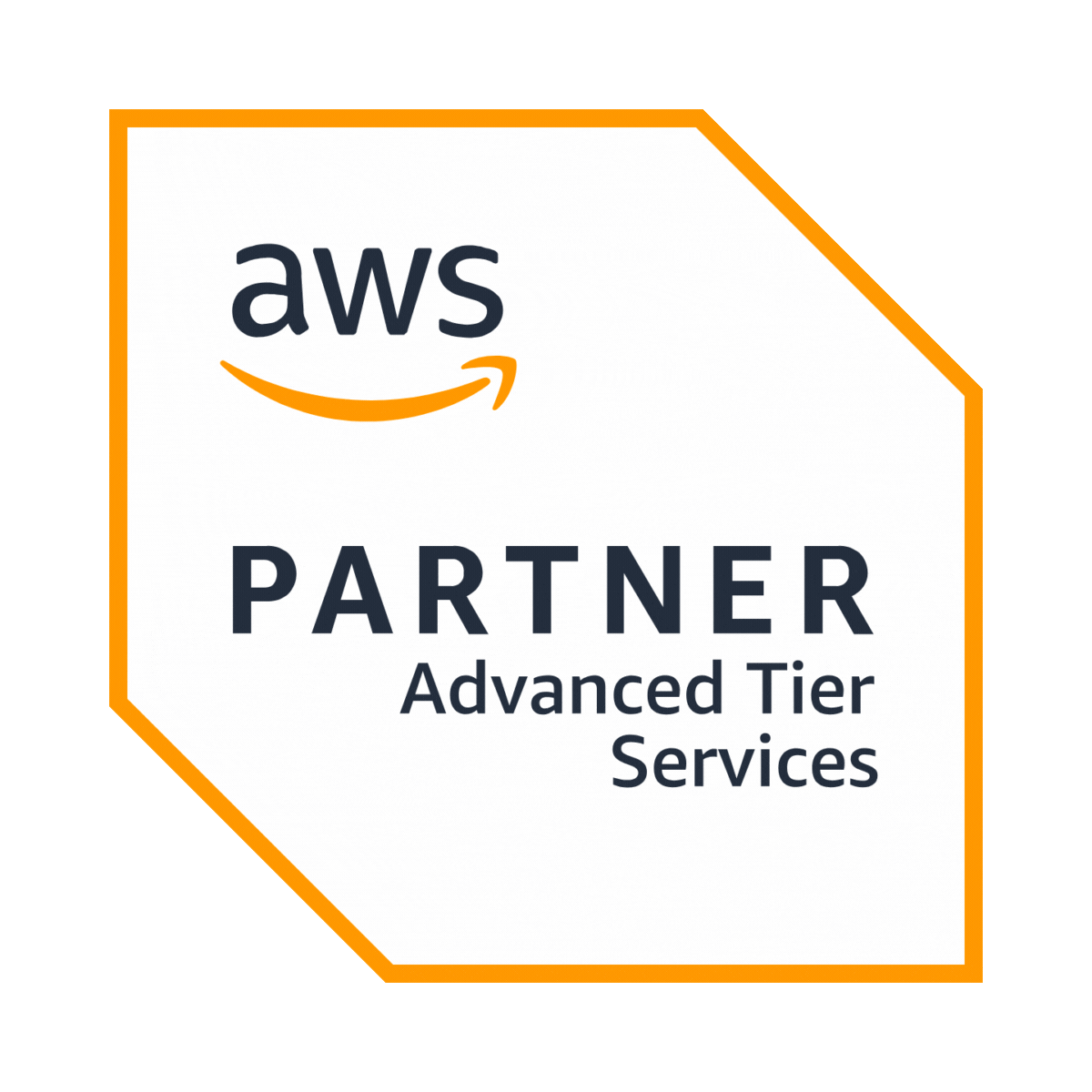
The 451 Research report published by S&P Global Market Intelligence, provides valuable insights into the tangible benefits of adopting serverless architecture, especially utilizing AWS compute services such as AWS Fargate and AWS Lambda. One of the most striking findings of the study is the significant reduction in annual costs, with a staggering 35% decrease reported by businesses leveraging serverless technologies.
So, how exactly does serverless technology achieve such substantial cost savings? Let's break it down:
- Workforce-Related Savings: According to the report, 86% of the cost reduction can be attributed to benefits directly related to the workforce. This includes a 54% reduction in the time and costs associated with maintenance tasks, a 48% decrease in infrastructure setup efforts, and a notable 19% reduction in application development expenditures.
- Efficiency Gains: Serverless architectures streamline the operational aspects of managing infrastructure. With serverless services, businesses no longer need to worry about provisioning, scaling, or managing servers. This not only reduces the overhead costs associated with maintaining infrastructure but also frees up valuable time and resources that can be redirected toward more strategic initiatives.
- Scalability and Flexibility: Serverless technologies offer unparalleled scalability, automatically adjusting resources based on demand. This elasticity ensures that businesses pay only for the resources they consume, eliminating the need for over-provisioning and reducing unnecessary expenses.
- Focus on Innovation: By offloading the responsibility of managing infrastructure to cloud providers, businesses can shift their focus towards innovation and product development. With serverless technologies handling the operational heavy lifting, teams can dedicate more time and energy towards creating value for customers, driving business growth, and staying ahead of the competition.
Now, let's delve into the broader implications of adopting serverless architectures:
- Real-World Case Studies: The S&P report features insights from 10 real-world case studies, offering a comprehensive view of how various industries have benefited from serverless solutions. These case studies not only highlight the cost savings but also shed light on the challenges faced during implementation and the strategic advantages gained.
- Strategic and Organizational Advantages: Beyond cost savings, serverless architectures offer strategic and organizational advantages. By embracing a serverless mindset, businesses can foster a culture of innovation, agility, and collaboration. Moreover, serverless technologies enable faster time-to-market, empowering businesses to respond swiftly to changing market dynamics and customer demands.
- Long-Term Value: Serverless adoption isn't just about short-term cost savings; it's about unlocking long-term value. The report emphasizes the compounding benefits of serverless technologies over time, showcasing how businesses can achieve sustained cost efficiencies and drive continuous innovation through a multi-year journey analysis.
The Takeaway
The S&P report underscores the transformative potential of serverless technology in driving cost reductions and unlocking strategic value for businesses across industries. By embracing serverless architectures, businesses can not only reduce costs but also pave the way for a more agile, innovative, and competitive future.
Ready to go serverless? Get a free consultation from our cloud services experts to assess your business case and get insights on the total cost of ownership for running your applications on the AWS cloud.















